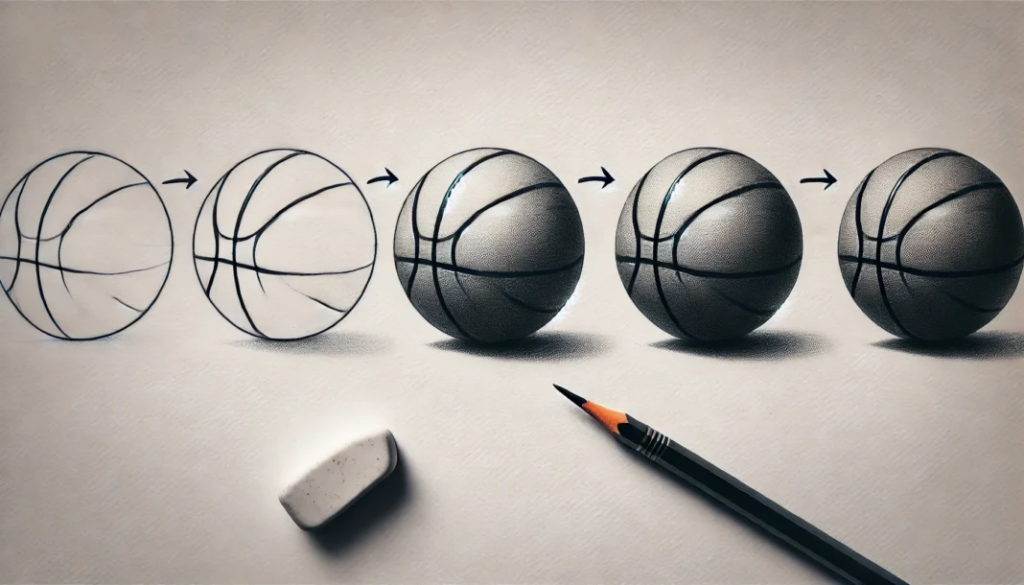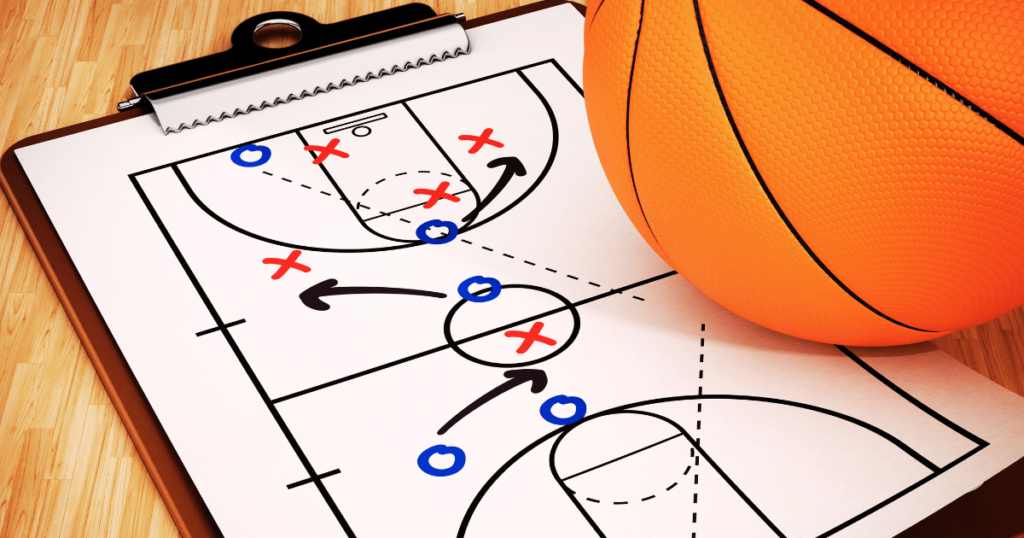Introduction
Drawing:cul23ybyzfm= basketball a dynamic and fast-paced sport, has captivated audiences around the globe. Its blend of athleticism, strategy, and teamwork provides a wealth of inspiration for artists. The code “DRAWING=BASKETBALL” evokes a deeper exploration into the artistic representation of this beloved game. In this article, we will discuss how to effectively draw basketball scenes, the significance of capturing movement, and the emotional connections that can be depicted through art.
The Fundamentals of Drawing Basketball
When it comes to drawing basketball, understanding the fundamentals of the sport is crucial. Artists must capture not only the physicality of the game but also the emotional highs and lows that come with it. To start, it’s essential to familiarize oneself with the basic elements of basketball: the players, the ball, the court, and the dynamics of gameplay.
Drawing basketball players involves an understanding of human anatomy and movement. Capturing a player in motion—whether dribbling, shooting, or defending—requires a keen eye for the body’s mechanics. Artists often use references from actual games or photographs to study how athletes position themselves, ensuring that their drawings reflect the power and grace inherent in basketball.
Techniques for Capturing Movement
One of the most challenging aspects of drawing basketball is effectively depicting movement. The game is characterized by quick transitions and Drawing:cul23ybyzfm= basketball dynamic plays, making it essential for artists to convey a sense of action in their artwork. Various techniques can help achieve this goal.
Dynamic Poses: Drawing players in exaggerated poses can emphasize movement. For instance, capturing a player mid-air during a jump shot or a layup can create a sense of energy and excitement. Artists can use guidelines to establish the flow of movement, ensuring that limbs and body angles convey a natural progression.
Motion Lines: Incorporating motion lines can add depth to a drawing, visually indicating speed and direction. These lines can accompany the player’s limbs or the ball, guiding the viewer’s eye and enhancing the sense of action. This technique is particularly effective in comic-style artwork, where dynamic elements can be exaggerated for dramatic effect.
Blurring Effects: Artists can also experiment with blurring techniques to mimic the fast pace of a basketball game. By creating areas of soft focus, they can convey the sensation of rapid movement, making the artwork feel alive and vibrant. This technique often involves layering colors and textures to simulate depth.
The Emotional Connection in Basketball Art
Beyond the technical aspects of drawing basketball, the emotional connections tied to the game are equally important. Basketball is more than just a sport; it embodies passion, rivalry, and teamwork. Artists can tap into these emotions to create compelling artwork that resonates with viewers.
Expressions and Reactions: Capturing the facial expressions of players during critical moments—such as joy after scoring, frustration after a missed shot, or determination during a tense game—can heighten the emotional impact of a drawing. These subtle details invite the audience to connect with the players on a personal level, evoking empathy and excitement.
Team Dynamics: Illustrating the relationships between players can also convey deeper narratives. For example, depicting teammates celebrating together after a victory or encouraging one another during tough times showcases the camaraderie that exists within the sport. These moments highlight the importance of teamwork, allowing viewers to appreciate the collective effort behind individual achievements.
The Influence of Style

The style in which an artist chooses to draw basketball can significantly affect the overall tone and message of the artwork. Different artistic styles can evoke various emotions and interpretations, making the choice of style a vital component of the creative process.
Realism: Realistic drawings aim to capture the authenticity of the game, portraying players and scenes with meticulous attention to detail. This style often resonates with fans who appreciate the sport’s technical aspects and the athletes’ skill.
Cartoonish: A more exaggerated, cartoonish style can infuse a sense of fun and playfulness into basketball art. This approach often appeals to younger audiences and can emphasize the entertainment value of the sport.
Abstract: Abstract interpretations can offer a unique perspective on basketball, focusing on colors, shapes, and forms rather than realistic representation. This style invites viewers to engage with the essence of the game rather than its literal depiction, allowing for personal interpretation and emotional connection.
FAQs
What are the essential elements to consider when drawing basketball?
When drawing basketball, it’s important to focus on the players, the ball, the court, and the dynamics of movement. Understanding the sport’s fundamentals will enhance the accuracy and emotional impact of the artwork.
How can I effectively capture movement in my basketball drawings?
To capture movement, use dynamic poses, motion lines, and blurring effects. These techniques can convey the speed and energy of the game, making your artwork feel alive.
What emotions should I aim to convey in basketball art?

Focus on capturing expressions, reactions, and team dynamics. Emphasizing moments of joy, frustration, and camaraderie can create a deeper emotional connection with viewers.
How does artistic style impact basketball drawings?
The choice of artistic style can significantly affect the tone and message of the artwork. Realism focuses on authenticity, while cartoonish styles bring a playful element, and abstract interpretations invite personal engagement.
Where can I find inspiration for drawing basketball?
Inspiration can come from actual Drawing:cul23ybyzfm= basketball games, photographs, sports documentaries, and even fellow artists. Observing different perspectives and styles can enhance your understanding and creativity.
Conclusion
Drawing basketball is a rewarding endeavor that allows artists to explore the intricacies of movement, emotion, and teamwork inherent in the sport. The code “DRAWING=BASKETBALL” serves as a reminder of the creativity and passion that basketball inspires. By mastering techniques for capturing movement and expressing emotions, artists can create compelling artwork that resonates with fans and celebrates the spirit of the game. Whether through realistic depictions, playful illustrations, or abstract interpretations, the art of basketball continues to evolve, reflecting the dynamic nature of this beloved sport. As artists pick up their pencils and brushes, they embark on a journey that intertwines athleticism and creativity, forever enriching the cultural tapestry of basketball.



